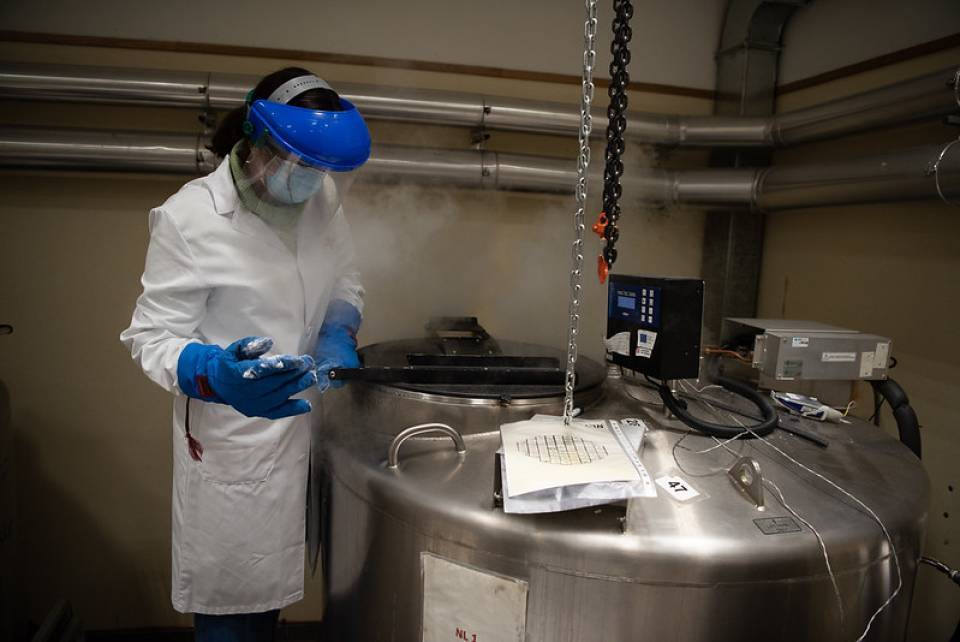A study published in the journal Science describes the discovery of a more virulent and infectious variant of HIV, known as VB. Blood samples from 6,600 patients were tested, and 109 of these had the VB strain, virtually all in the Netherlands (with one case detected in Switzerland and another in Belgium). They had a higher viral load (between 3.5 and 5.5 times more of the virus) with a twice as fast decline in CD4 T cells, compared to the rest of the patients with other types of HIV. The virulence of a virus is determined by its viral load and CD4 concentration. When the antiviral treatment works, the viral load decreases and the CD4 T cells increase, preventing HIV infection from progressing to AIDS. CD4 T cells are white blood cells in the immune system that mount a response to infections, and are the main target of HIV. Fortunately, current HIV treatments also work for this variant, but early treatment is essential.
Individuals with the VB variant show much more rapid disease progression. It worsens without treatment after 9 months from the time of diagnosis, while infection progression with other less virulent types of HIV is slower, at about 36 months. Therefore, those affected by this variant develop the disease earlier. Individuals carrying the VB strain were mostly men, aged between 30 and 39 years, who practise sex with other men. In addition, increasing age was directly related to greater progression of the disease.
Fortunately, current HIV treatments also work for this variant, but early treatment is essential.
According to UNAIDS, two years ago there were 38 million people living with the virus worldwide, which has caused 33 million deaths. HIV is thought to have begun in 1920 in the Democratic Republic of the Congo, before evolving into different subtypes of varying virulence by 1960. RNA viruses are much easier to mutate and therefore adapt better. This VB variant originated in the 1980s, when there was still no effective treatment, but this is the first time it has been described and detected in people. The variant was discovered 7 years ago after a project studying the influence of genetics on HIV infections in samples from patients in Europe and Uganda.
People who may have been infected are advised to start antiretroviral treatment as soon as possible.
Over 509 genetic changes in this strain have been identified, promoting the virulence of the virus and a greater severity of the disease; thus demonstrating that a virus does not always attenuate over time. These genetic changes have also increased transmissibility but, fortunately, have not made it resistant to treatment. In the case of HIV, highly virulent, transmissible variants are not expected, as affected individuals would rapidly develop AIDS, mortality would increase and transmission would decrease. So far, it has been shown that treatment has helped reduce transmissibility.
The discovery of a more virulent and transmissible variant emphasises the importance that individuals at risk of infection have frequent access to diagnostic tests and prophylactic measures. People who may have been infected are advised to start antiretroviral treatment as soon as possible.




